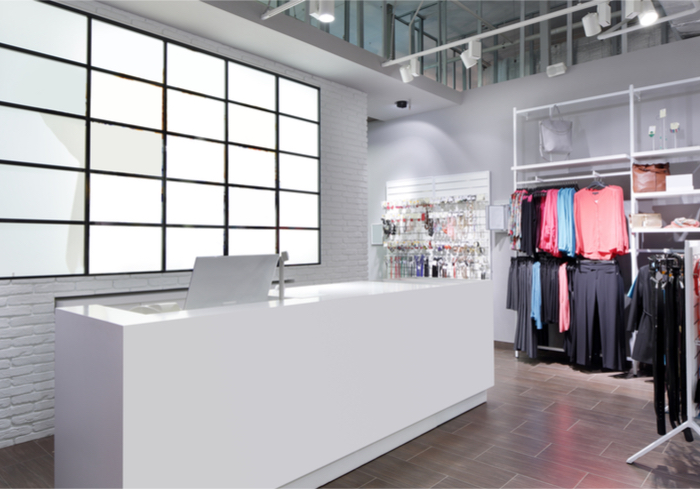
For digitally native brands moving from the web to brick and mortar, startups are providing a platform to help with the transition. Uppercase Co-founder and CEO Yashar Nejati said that anyone can start a brand online, but when brands arrive at a certain threshold – about $10 million or more in sales – it’s time for them to take the next step: “That usually means opening up brick and mortar,” Nejati told PYMNTS in an interview.
When brands are ready to open up shop, Nejati seeks to help them go from idea to grand opening in about a month. To get started, brands can connect their existing eCommerce shops with his software to pull data into his system. Then, using what he said is proprietary data on cities and neighborhoods, his platform provides recommendations on where a brand’s future shop should be located. If brands don’t want to connect their eCommerce stores, they can still use the company’s interface to explore neighborhoods and schedule tours of properties that catch their interest.
At the same time, brands can see a cost breakdown of not only the real estate, but also the other elements of a pop-up store venture. That is, the store might cost $50,000 a month to fully operate when launch, build out, staff, ongoing maintenance and other costs are factored into the equation. If a brand decides to move forward with the shop, Nejati’s company sets them up with a retail fabricator, a point of sale (POS) provider, a designer and a merchandiser, among other professionals. Then, when the space opens, he provides brands with in-store analytics that give them a dashboard to measure store performance in real time.
Pop-Up Retail Trends
Brands are choosing to go the brick-and-mortar route because it allows them to build community. “You can only go so far with a tweet and an Instagram post,” noted Nejati. (He cited Glossier as an example of a brand that has accomplished that particularly well with its physical presence.) At the same time, he noted that he is seeing stores hosting more events. While Uppercase doesn’t help them put on events directly, it can help create the space for the community building. On a lighter note, Nejati cited an example of a pop-up space being fun and creative, with one brand bringing in a dispenser of branded tennis balls for dogs.
Brands are opening their first stores in Los Angeles, New York and Toronto, which is why Uppercase strategically targets those markets. The idea behind brands moving to New York is the sheer density of the city, enabling brands to get eyeballs and traffic as long as they’re on the right streets. Los Angeles is not as dense as New York, but Nejati said the city has always had great neighborhoods for retail. Toronto is the fourth largest market in North America; for brands wanting to expand to Canada, Nejati said the city is the “obvious” choice. He also noted that the city has a similar layout to Chicago.
Pop-Up Shop Design
In New York, Nejati’s company helped The Strategist, a New York Magazine brand, open a pop-up store. The venture, which is dubbed “I Found It at The Strategist,” features items chosen by the magazine’s editors. The store includes home goods and skin care products, among others, from brands such as home goods company East Fork and luxury bedding company Parachute. Beauty items are presented in the format of “try before you buy.”
According to one report before the store was set to open, each brand would have about 10 to 15 stock-keeping units (SKUs) offered in the space. In all, the store will feature approximately 250 different items and will be open for a seven-week period between November and December. To put their products in the stores, some brands will pay a commission rate and others will pay a flat fee to appear in the store.
New York Magazine eCommerce GM Camilla Cho said the project’s aim is to put The Strategist brand in front of a large audience. Cho told Digiday, “It’s a marketing and brand awareness play. We don’t see the pop-up as that much of a revenue play, although we do intend to move product.” Brands aren’t turning to pop-up stores just to sell their wares: They are using them as an opportunity to introduce shoppers – and potential customers – to their offerings.